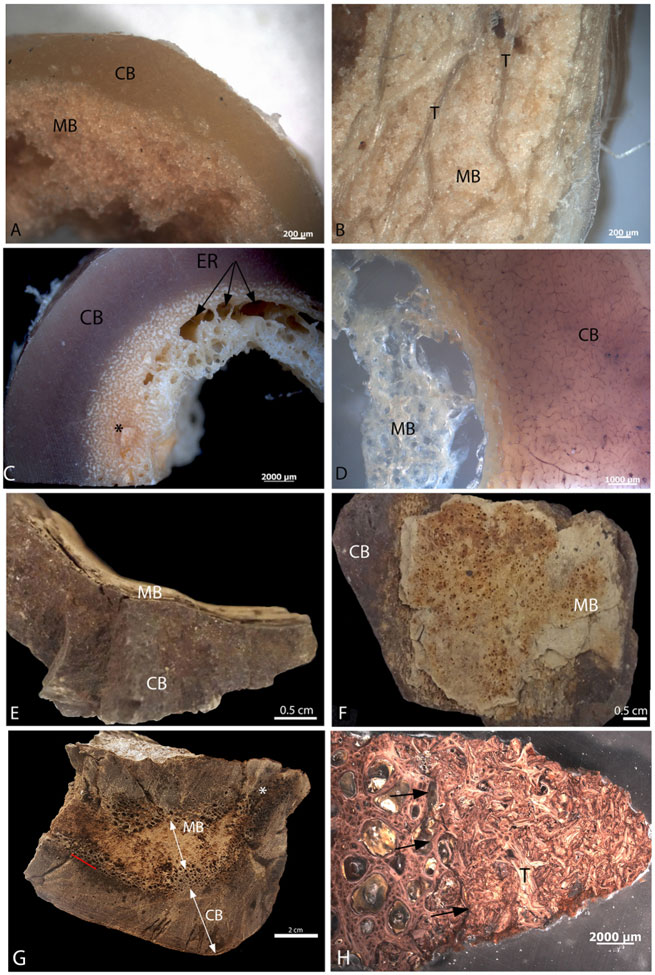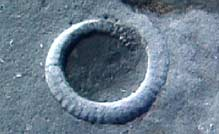
In living animals, it’s pretty easy to tell if one is a male or a female. You look at their, er, dangly bits, or lack of them, observe their mating behaviour, and also see how they give birth.
In the fossil record, it is extremely rare to find examples of this sort of thing preserved through the ravages of time. There are spectacular and hilarious cases of fossils preserved in flagrante, but these are very much rare exceptions.
Trying to figure out if a fossil represents a male or female animal is quite important. It can tell us quite a bit about their ecology, differences between the sexes, and about their behaviour.
Thankfully, the fossil record does leave behind some clues to help us decipher sex differences. One of these is the presence of medullary bone. This is a tissue that is present in all living birds (except songbirds) that are reproductively active, so is a great way of identifying which ones are females.
The purpose of medullary bone is to serve as a reserve calcium source for egg production. It can be easily mobilised from within an animal and transferred to the developing egg, and is therefore highly gender-specific for sexually mature females*.
Medullary bone is stored in the long bones of birds. That is their arms and legs, pretty much. As we know that birds are descended from dinosaurs, that means if we find medullary bone in dinosaurs, we can infer that they’re a female!
And what better animal to test this on than Tyrannosaurus rex! A team of researchers, led by Mary Schweitzer, set out to find using a cool set of chemical and histological (microstructural) tests. One of the great things about medullary bone is that it’s made of calcite, which preserves nicely in the fossil record, so makes it relatively easy to examine and use for sexual identification. As opposed to, say, a penis, which would rot away relatively quickly and leave no traceable mark. Note that if anyone ever finds one for a T. rex, it’s either a fake, or you’re financially set for life.

What the research team found is that medullary bone is definitely present in at least one specimen of T. rex, but is distinct in the texture, density, structure, and morphology from extant dinosaurs (so birds). The tissue was also distinct from that of cortical bone, another typical type of tissue found in dinosaurs (and other vertebrates).
They confirmed these microstructural observations using a type of chemical staining, which highlights the chemical differences known to exist between medullary bone and cortical bone. The stain reacted with the medullary bone in T. rex and [once] living dinosaurs by reacting with a chemical called glycosaminoglycan keratin sulphate (say it ten times fast), a chemical not found in cortical bone.

What they found was that the bone lit up in specific areas when applied. This confirms the presence of medullary bone in T. rex, which indicates that it was definitely a female! In this case, the specimen analysed comes from the Museum of the Rockies in Montana, so you can bet they’ll be pleased with the results!
This research is a great contribution to that of Mary Schweitzer and her colleagues, who continue to astound us with their discoveries of chemical remains in dinosaurs, as well as those of soft tissues. They help to show us that the fossil record isn’t all just dust and bones, and depending on the questions we ask of it and the techniques we apply, we can keep learning more and more about dinosaurs and their kin in ever more exquisite detail.
So, how do you identify the sex of a T. rex? Super awesome advanced science, and a lot of hard work, that’s how!
*Apparently it can be induced in males through extreme dosing of oestrogen, but that’s another story…
This article was originally published by the PLOS network under a CC-BY licence

Rate and Review
Rate this article
Review this article
Log into OpenLearn to leave reviews and join in the conversation.
Article reviews